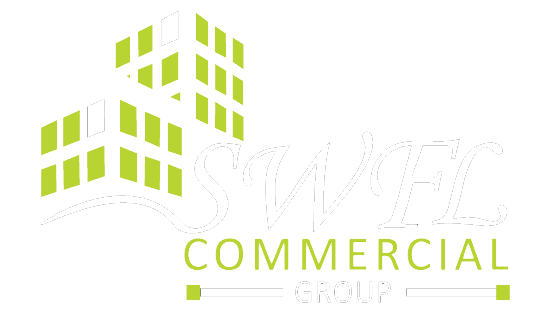Introduction to Commercial Real Estate Investing
Welcome to the dynamic world of commercial real estate investing! If you’re anything like us, the vibrant skyline and bustling streets of our cities can spark a sense of curiosity about the spaces that house businesses and create opportunities. Commercial real estate encompasses a variety of property types, including office buildings, retail spaces, warehouses, and even multifamily apartments. Investing in this market can be an exciting journey, filled with potential for both financial growth and personal satisfaction. As we embark on this adventure, it’s essential to understand the fundamentals of commercial real estate and how it can work for us.
When we look at commercial real estate, we see more than just buildings. We see income-generating assets that can provide a steady cash flow and appreciation over time. Unlike residential properties, which are typically bought for personal use, commercial properties serve businesses and income-producing purposes. This distinction opens up a world of possibilities for us as investors. The commercial real estate market can be complex, but with the right knowledge and tools, we can navigate it successfully. So, let’s dive into the essentials of evaluating and investing in commercial properties!
How to Evaluate a Commercial Property for Investment
Evaluating a commercial property is a multifaceted process that requires us to consider various factors to determine its potential as an investment. First and foremost, location plays a crucial role. We often hear the phrase “location, location, location,” and for good reason. A property situated in a thriving area with easy access to transportation, amenities, and a strong customer base can significantly impact its profitability. As we assess potential properties, we need to research the neighborhood’s demographics and economic trends to ensure that it aligns with our investment goals.
Next, we should analyze the financials of the property. This includes understanding the current rental income, operating expenses, and potential for future growth. We must thoroughly review the lease agreements in place, as well as the creditworthiness of the tenants. A property with stable tenants and long-term leases can provide us with a reliable income stream. Additionally, we should calculate key metrics such as the capitalization rate, which helps us gauge the property’s profitability relative to its purchase price. Overall, we want to assess whether the investment aligns with our financial objectives and risk tolerance.
Another vital aspect of evaluating a commercial property is inspecting its physical condition. We should conduct thorough due diligence to identify any maintenance issues that could impact our investment. This includes hiring professionals to perform inspections on critical systems such as HVAC, plumbing, and electrical systems. By understanding the property’s condition, we can better estimate future renovation costs and avoid unexpected financial burdens down the road.
Common Mistakes to Avoid in Commercial Real Estate Investing
As with any investment endeavor, there are pitfalls we should be aware of in commercial real estate. One common mistake is underestimating the importance of market research. Jumping into an investment without thoroughly understanding the market dynamics can lead to costly errors. We need to pay attention to economic indicators, local competition, and even zoning regulations that may affect our investment’s viability. Taking the time to gather and analyze this information will pay off in the long run.
Another mistake is failing to diversify our portfolio. While it may be tempting to pour all our resources into one property that seems like a sure thing, this approach can be risky. By diversifying across different types of commercial properties, we can mitigate risks associated with market fluctuations and tenant vacancies. It’s essential to consider different sectors, such as retail, industrial, and office spaces, to build a well-rounded portfolio that can weather market changes.
Lastly, we should be cautious about over-leveraging ourselves. While financing can amplify our potential returns, it can also increase our exposure to risk. It’s crucial to maintain a balance in our debt-to-equity ratio. We must ensure that our financial plan includes a comfortable buffer for unforeseen expenses, market downturns, or extended vacancies. By being prudent with our leverage, we can protect ourselves and ensure long-term sustainability in our commercial real estate endeavors.
At SWFL Commercial Group, we understand that navigating the commercial real estate market can feel overwhelming, especially for beginners. That’s why we’re committed to providing expert guidance and tailored services to help you make informed investment decisions. Our team has extensive experience in the commercial real estate sector, and we’re here to assist you every step of the way—from property evaluation to securing financing and managing your investments. Let’s work together to unlock the potential of commercial real estate for your financial future!




